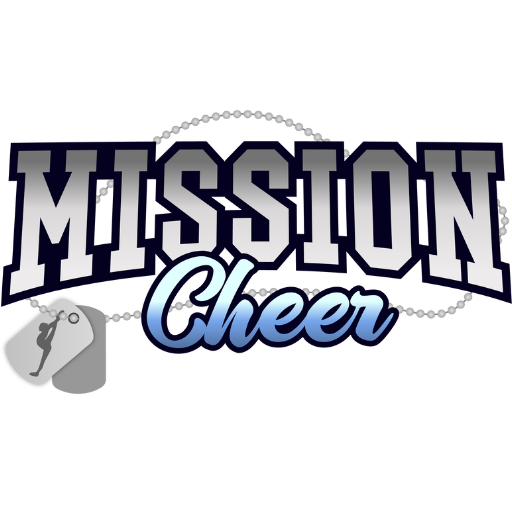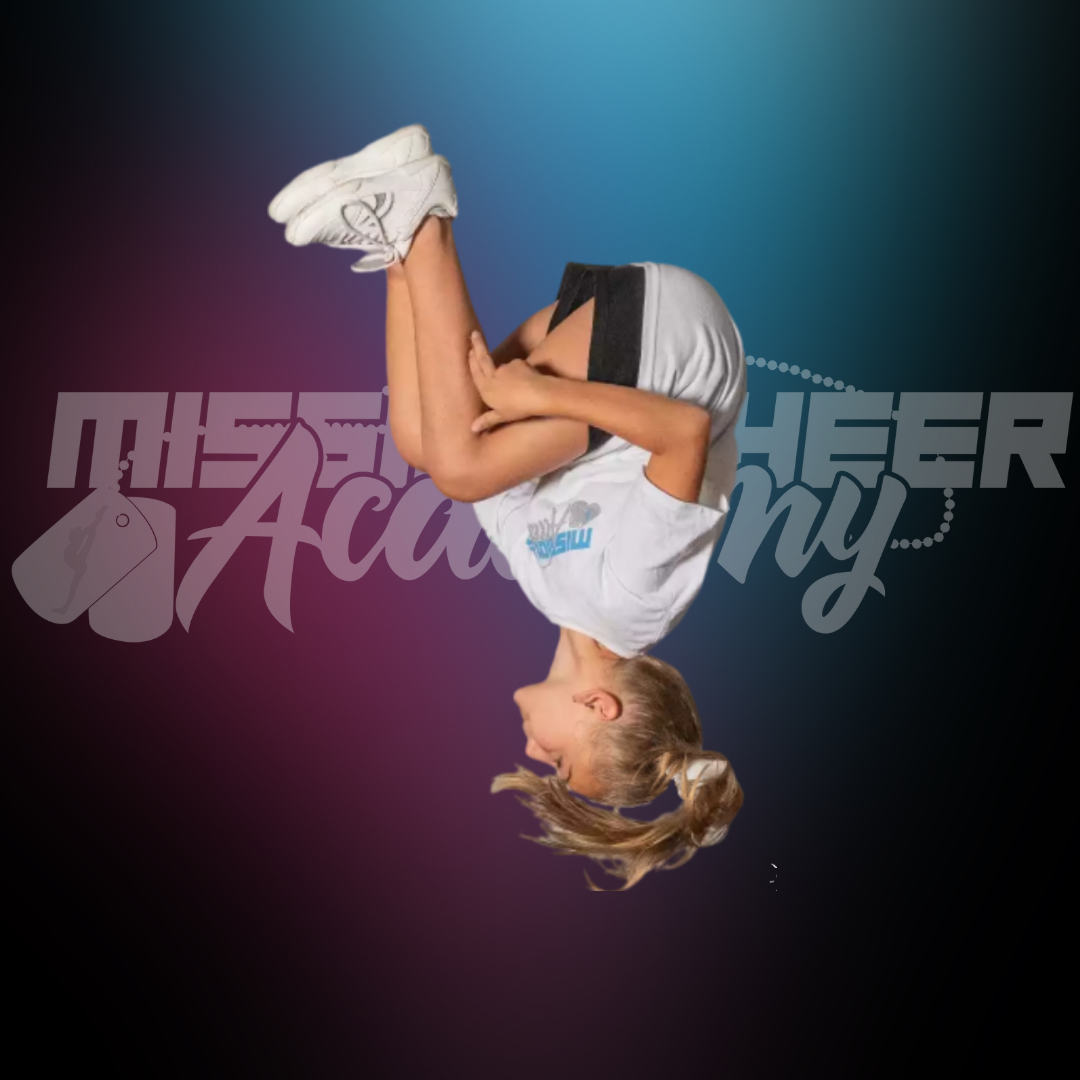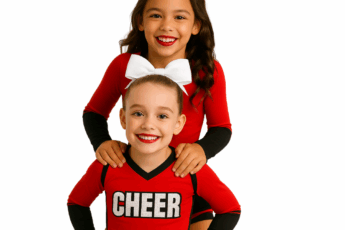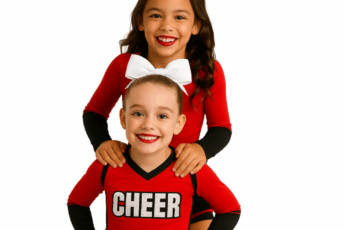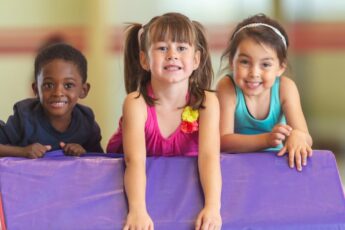3 min read
In the world of Cheerleading, there’s a crucial distinction between simply practicing routines and training as an athlete. While both are essential to success, training goes beyond the regular practice sessions, focusing on developing the physical, mental, and technical skills that define elite athletes. Understanding the difference can elevate your performance and set you apart in the competitive cheerleading arena. Here’s why training as an athlete is more impactful than just practicing cheer.
1. The Purpose of Training vs. Practicing
Practicing cheer typically involves rehearsing routines, perfecting stunts, and synchronizing with teammates. It’s about repetition, learning choreography, and improving timing. While this is important, it mainly focuses on the immediate needs of upcoming performances or competitions.
Training as an athlete, on the other hand, is a comprehensive approach that prepares the body and mind for the demands of cheerleading. It’s about building strength, endurance, flexibility, and mental resilience. Training aims for long-term development, ensuring that athletes are not only prepared for their next performance but are also constantly improving and ready for future challenges.
2. Physical Conditioning: Building a Stronger Athlete
In practice, athletes work on perfecting their cheer routines. However, training as an athlete involves a dedicated focus on physical conditioning. This includes strength training, cardiovascular conditioning, flexibility exercises, and injury prevention strategies.
For example, strength training targets the muscles needed to execute powerful stunts and lifts, while flexibility exercises improve range of motion and reduce injury risk. Cardiovascular conditioning enhances stamina, allowing athletes to perform with high energy throughout a routine. By training these aspects, athletes build a strong foundation that supports their performance during practice.
3. Skill Development: Beyond Routine Repetition
While practicing routines helps with muscle memory and execution, training as an athlete focuses on skill development. This means breaking down complex movements into their components, refining techniques, and working on individual skills outside of team practice.
For instance, an athlete might spend extra time training on tumbling techniques, refining their jumps, or improving their stability in stunts. This individualized training helps athletes master skills that contribute to their overall performance and make them more versatile in their routines.
4. Mental Preparation: Cultivating a Winning Mindset
In practice, athletes might work on perfecting their timing and synchronization, but training as an athlete includes mental preparation. This involves developing focus, mental toughness, and the ability to perform under pressure.
Training might include visualization exercises, mindfulness practices, and strategies for overcoming performance anxiety. This mental aspect is often overlooked in regular practice sessions but is crucial for consistent, high-level performance.
5. Injury Prevention and Recovery
Regular practice sessions are essential, but they can take a toll on the body, leading to fatigue and increasing the risk of injury. Training as an athlete includes a focus on injury prevention through proper warm-ups, strength and conditioning, and recovery techniques.
Athletes who train with a focus on injury prevention are better equipped to handle the physical demands of cheerleading, reducing the likelihood of injuries that could sideline them during the season. This proactive approach ensures they stay healthy and perform at their best, season after season.
6. Long-Term Athletic Development
Practicing cheer routines is necessary for short-term success, such as preparing for a specific competition. However, training as an athlete emphasizes long-term athletic development. This means building a solid athletic foundation that will not only enhance current performance but also contribute to longevity in the sport.
Athletes who focus on training develop a broader skill set, improve their overall fitness, and are better prepared to take on more advanced challenges as they progress in their cheerleading careers.
So, while regular practice is crucial for mastering routines and preparing for performances, training as an athlete offers a more holistic approach that elevates both physical and mental capabilities. It’s the difference between being prepared for the next competition and being prepared for a successful, sustainable career in cheerleading. By committing to training, athletes can unlock their full potential, enhance their performance, and stand out in the competitive world of Cheer
